Almost 5 million
people were infected by HIV globally in 2005, the
highest jump since the first reported case in 1981 and
taking the number living with the virus to a record
40.3 million, the United Nations said on Monday. The
4.9 million new infections were fueled by the
epidemic's continuing rampage in sub-Saharan
Africa and a spike in the former Soviet Union and
Eastern Europe, the Joint United Nations Programme on
HIV/AIDS says in its annual report.
"Despite
progress made in a small but growing number of countries,
the AIDS epidemic continues to outstrip global efforts
to contain it," the report said.
More than 3.1
million people have died this year from AIDS, including
570,000 children--far more than the toll from all
natural disasters since last December's
tsunami.
Southern Africa,
including South Africa--which has the world's
most HIV cases at more than 5.1
million--continues to be worst-hit.
Saying nine out
of 10 people in developing countries do not know their
HIV status, UNAIDS executive director Peter Piot called for
an unprecedented response to the global AIDS crisis.
"A
business-as-usual approach will not do," he told a
news conference in New Delhi. India, with about 5
million HIV-positive people, has the second-highest
number of cases after South Africa, and there are concerns
many cases are unreported.
Focusing on South
Africa, where the infection rate among pregnant women
reached 29.5% in 2005, the report said deaths of people aged
between 25 and 44 had more than doubled. Other
southern Africa countries such as Botswana, Lesotho,
Namibia, and Swaziland had high rates of HIV among
pregnant women--more than 30%. Sub-Saharan Africa is
home to 25.8 million HIV-positive people, or 64% of
the world's total.
In Asia, a total
of 1.2 million new cases since 2003 pushed total cases
to 8.3 million, with conditions in countries such as Vietnam
and Pakistan ripe for a rapid spread.
UNAIDS said the
number of HIV-positive women worldwide reached 17.5
million this year, more than 1 million more than in 2003.
"In many countries, marriage and women's
own fidelity are not enough to protect them against
HIV infection," the report said, adding that in India
many new infections were being reported in married
women infected by their husbands who had visited sex
workers.
In Eastern
Europe, Central Asia, and the Russian Federation, infections
due to unprotected sex are rising after the initial momentum
given to the epidemic by injection-drug use. The
report said a total of 1.6 million were living with
HIV in 2005 in the region, up from 1.3 million in 2003,
and AIDS deaths soared to 62,000 in 2005 from 36,000 in
2003.
Piot slammed the
response in a region that has seen the number of
infections rise 20-fold in a decade. "The response
has been fragile and insufficient," he said.
But he added that leaders across the world are far
more aware of the crisis now and that spending to combat
AIDS has reached $8 billion this year compared with
$250 million in 1996.
"UNAIDS
and governments should wake up and smell and the
coffee," Anjali Gopalan, executive director of
the Naz Foundation, a leading Indian HIV group, said.
"If there is so much money, why can't we
combat the disease? Why is there such a desperate
situation? UNAIDS and governments must be made more
accountable about where the money is going."
The outlook on
accessibility of antiretroviral drugs for people in
developing nations is looking brighter, the U.N. said.
"Because of recent treatment scale-up since the
end of 2003, between 250,000 and 350,000 deaths were
averted in 2005," said the report. But it added that
too many HIV-positive people are missing out, with
just one in 10 Africans and one in seven Asians who
need antiretroviral treatment actually receiving it.
Two decades into
the AIDS epidemic, the report said that in many parts of
the world, including southern Africa and South Asia,
knowledge about HIV transmission is alarmingly low.
The outgoing
chief of India's official National Aids Control
Organization, S.Y. Quraishi, said 70% of Indian sex workers
either do not know what a condom is or how to use one.
"If the situation remains unchanged, India
could have an estimated 50 million HIV cases by
2025," he said. (Reuters)






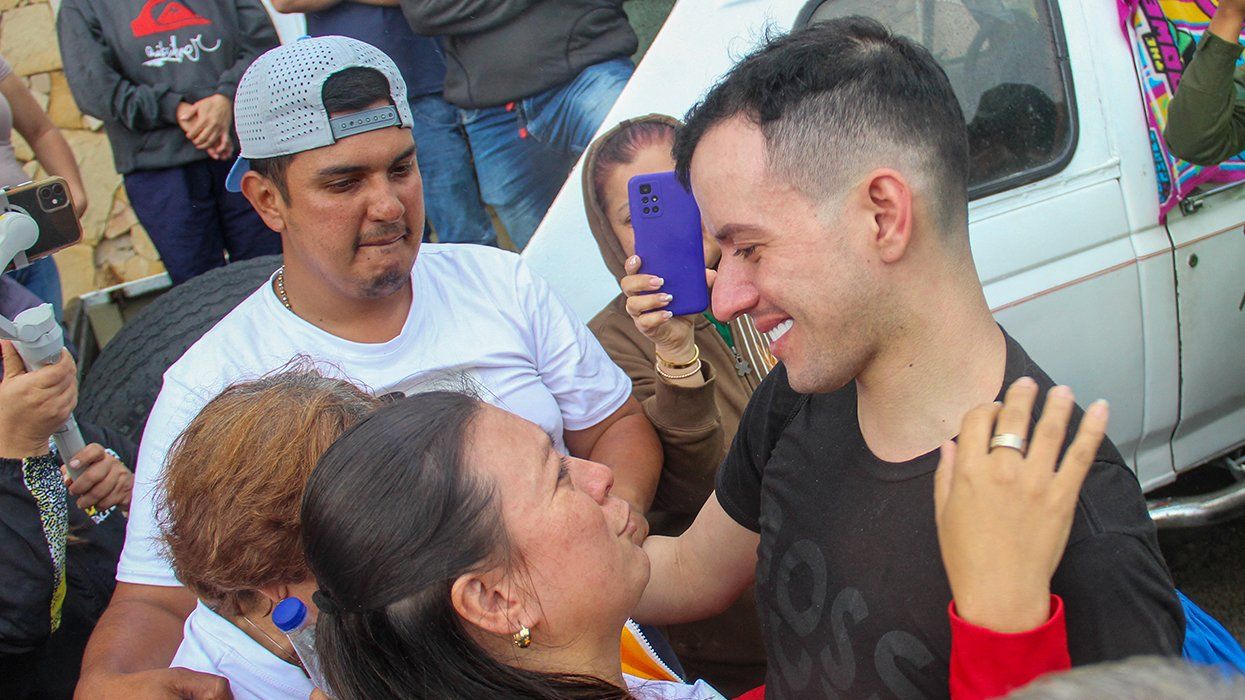






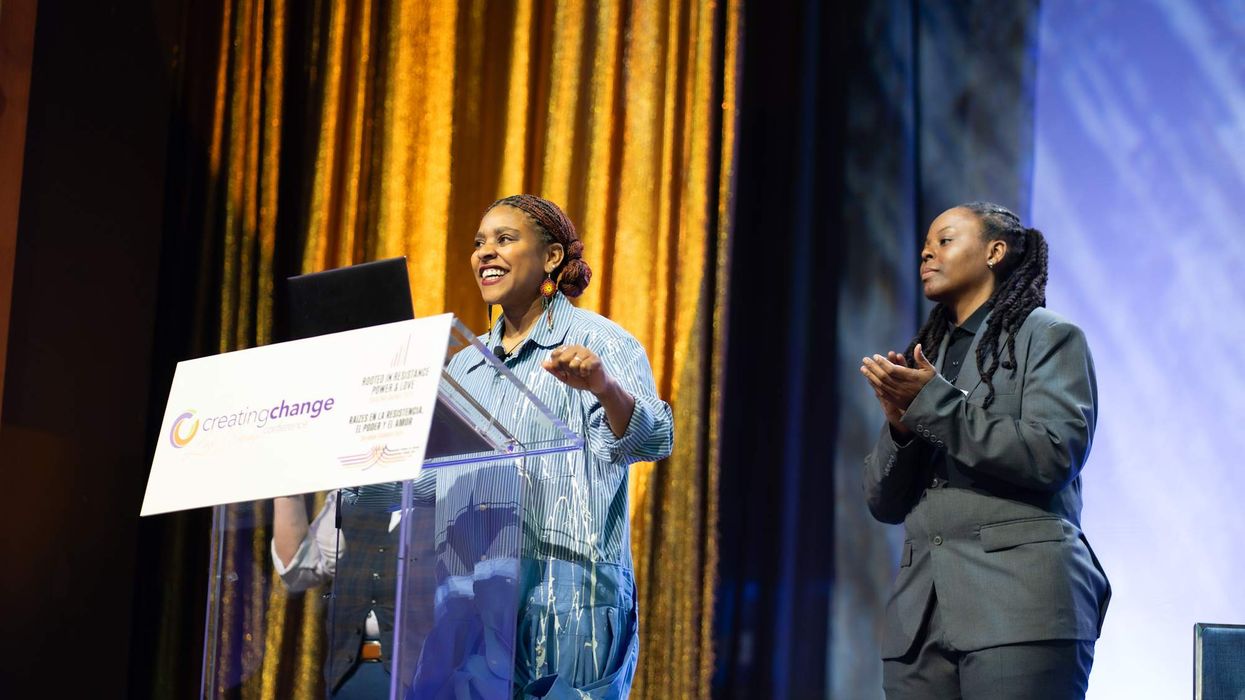
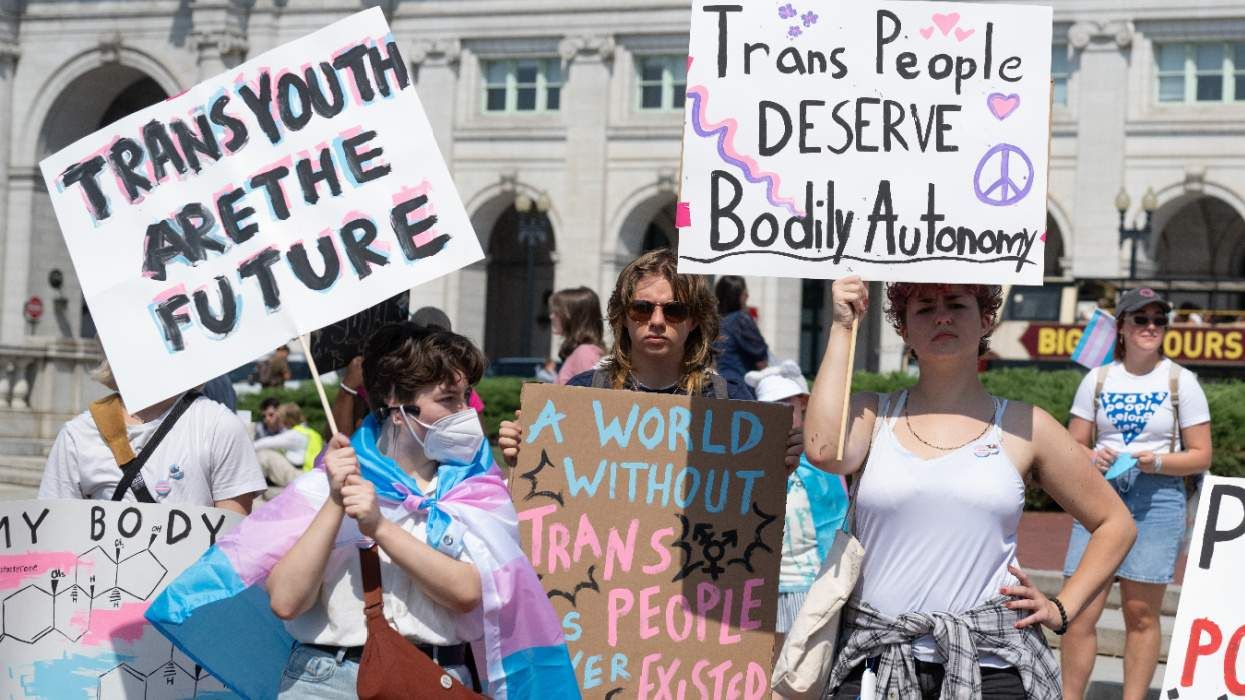






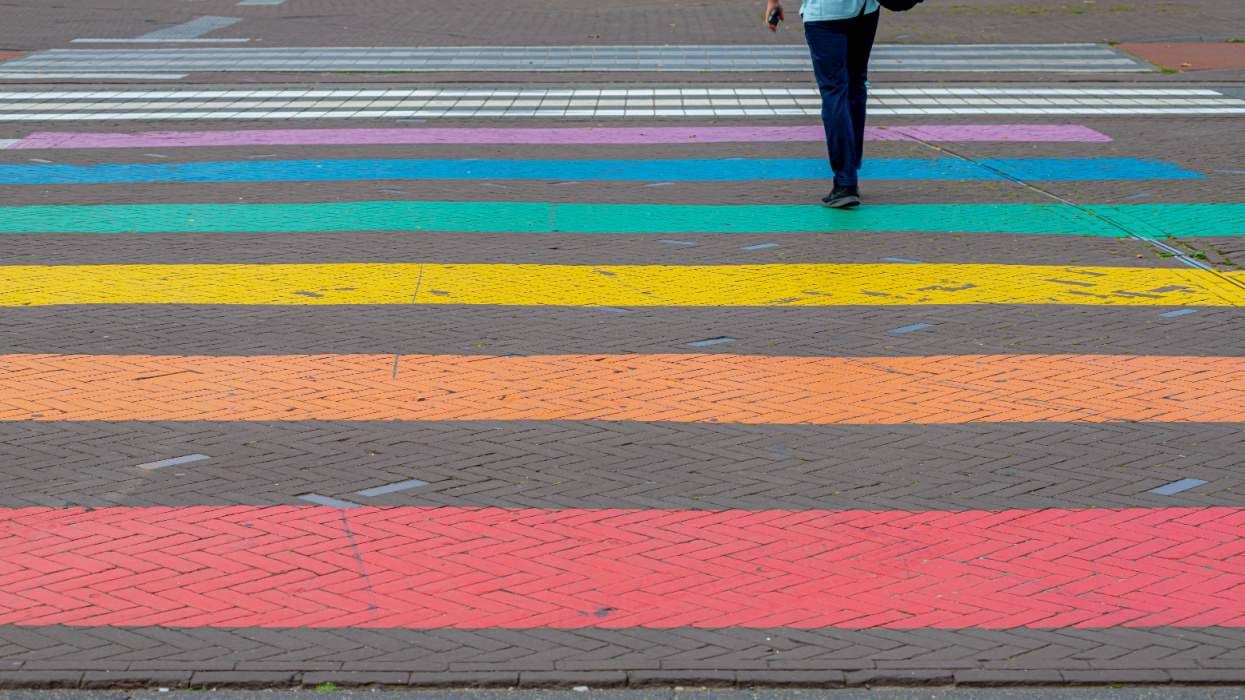


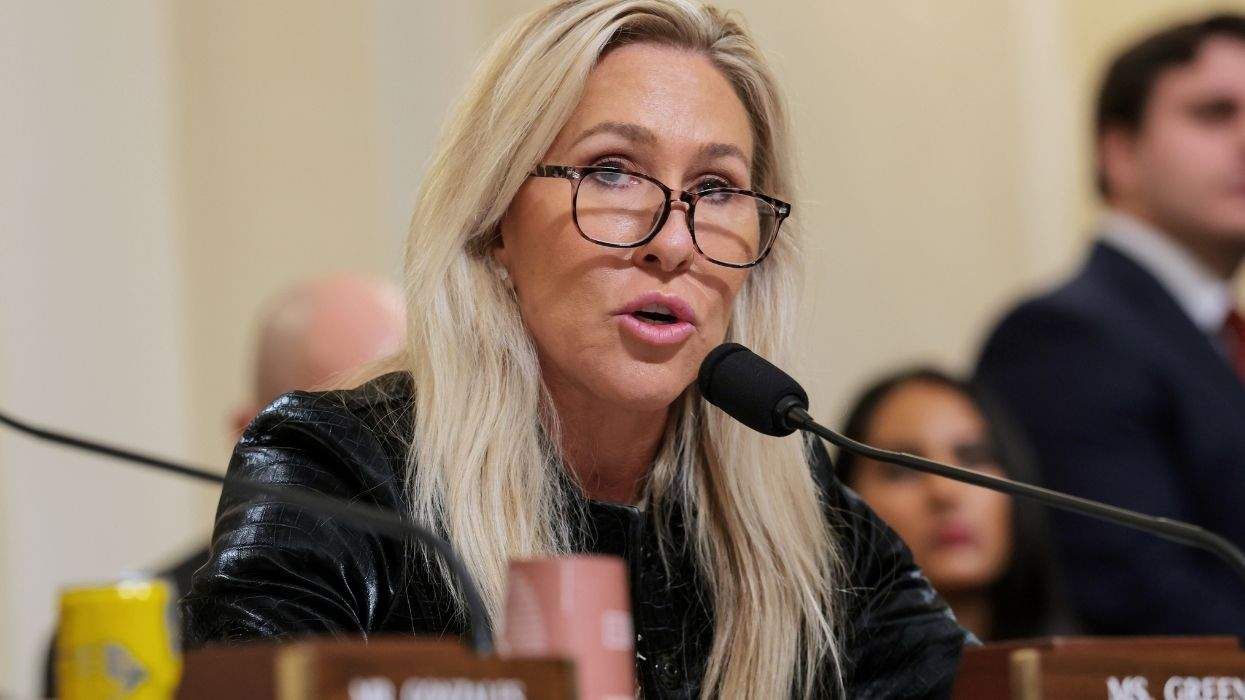































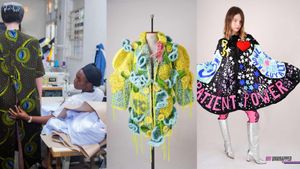











Charlie Kirk DID say stoning gay people was the 'perfect law' — and these other heinous quotes